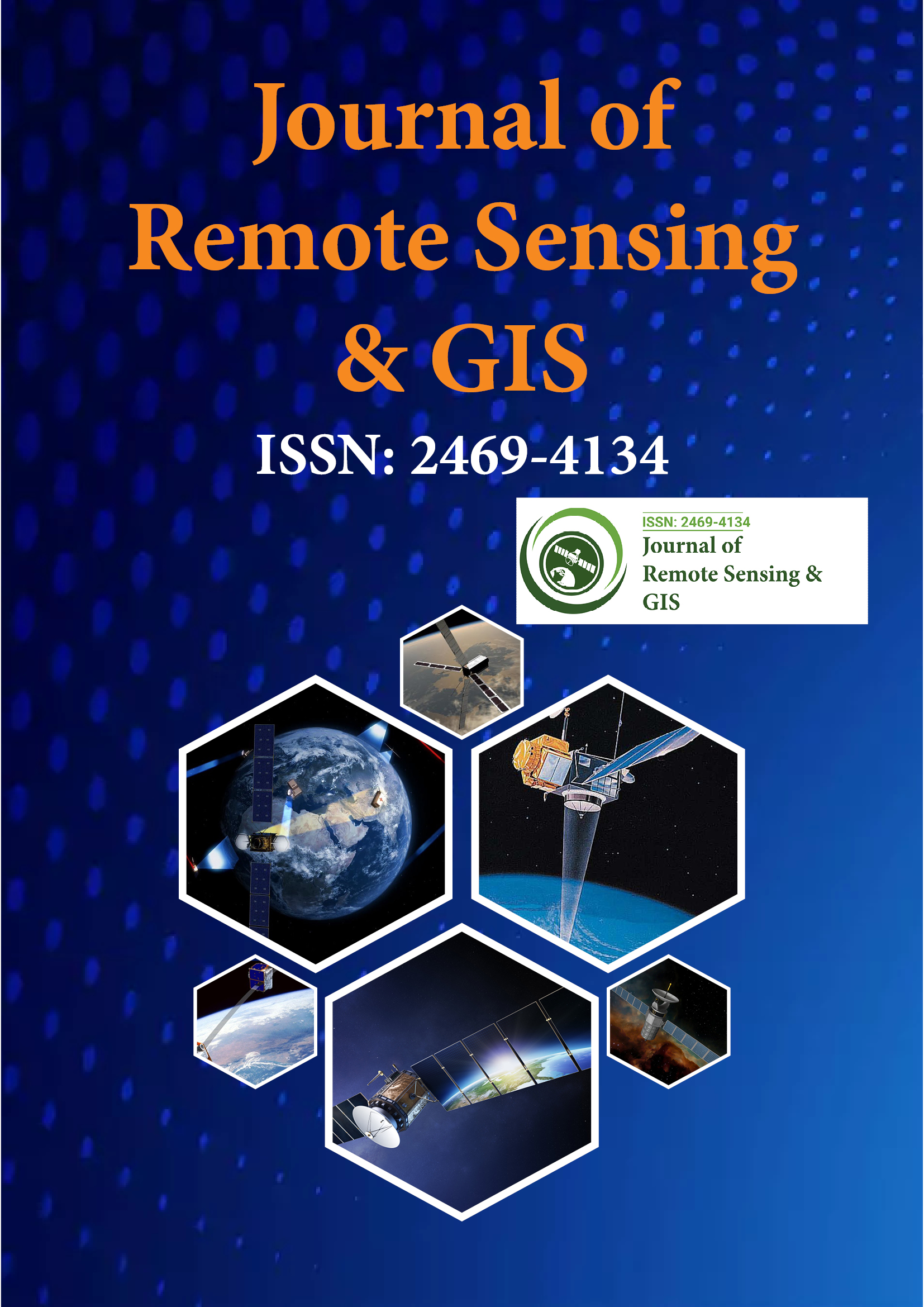Indexed In
- Open J Gate
- RefSeek
- Hamdard University
- EBSCO A-Z
- OCLC- WorldCat
- Publons
- International Scientific Indexing
- Euro Pub
- Google Scholar
Useful Links
Share This Page
Journal Flyer

Open Access Journals
- Agri and Aquaculture
- Biochemistry
- Bioinformatics & Systems Biology
- Business & Management
- Chemistry
- Clinical Sciences
- Engineering
- Food & Nutrition
- General Science
- Genetics & Molecular Biology
- Immunology & Microbiology
- Medical Sciences
- Neuroscience & Psychology
- Nursing & Health Care
- Pharmaceutical Sciences
Opinion Article - (2025) Volume 14, Issue 3
Exploring the Mechanisms of Mantle Convection, Plate Motion and Energy Transfer in Geodynamic Studies
Marcus Holloway*Received: 29-Aug-2025, Manuscript No. JGRS-25-30288; Editor assigned: 01-Sep-2025, Pre QC No. JGRS-25-30288 (PQ); Reviewed: 15-Sep-2025, QC No. JGRS-25-30288; Revised: 22-Sep-2025, Manuscript No. JGRS-25-30288 (R); Published: 30-Sep-2025, DOI: 10.35248/2469-4134.25.14.397
Description
Geodynamics explores how Earth's interior and surface processes interact to produce deformation, seismic events and volcanic activity. Energy transfer from the core and mantle drives plate motion, influences lithospheric behaviour and shapes the Earth's surface features. Understanding these processes enables scientists to interpret geological history, predict hazards and manage natural resources effectively.
Energy from Earth's interior generates mantle convection, which in turn moves tectonic plates. Rising plumes of hot mantle material can produce surface uplift, volcanic activity and hotspot islands. Sinking slabs in subduction zones create deep ocean trenches and trigger earthquakes. Studying mantle flow patterns through seismic tomography and numerical modelling helps map internal temperature gradients, composition and stress distribution.
Lithospheric deformation occurs as plates interact. Convergent boundaries compress the crust, forming mountains and thickened lithosphere, while divergent boundaries stretch the crust, forming rifts and mid-ocean ridges. Transform boundaries experience horizontal shearing, producing strike-slip fault systems. Tracking deformation using field measurements, GPS and satellite imagery provides insight into earthquake potential, mountain growth and basin formation.
Geodynamics also investigates energy dissipation and heat flow within the Earth. Variations in thermal conductivity, radioactive decay and frictional heating influence tectonic processes and mantle convection. Mapping these variations assists in understanding magmatic systems, geothermal potential and crustal evolution. Volcanic activity is closely tied to mantle dynamics and lithospheric stress. The study of magma ascent, eruption patterns and volcanic structures reveals how internal forces are transmitted to the surface. Geochemical analysis and geophysical surveys complement geodynamic modelling to provide a comprehensive understanding of volcanic processes.
The study of geodynamics is essential for understanding the processes that shape the Earth's interior and surface. It examines how forces within the mantle, crust and lithosphere interact to create geological phenomena such as earthquakes, volcanic eruptions, mountain formation and ocean basin development. By integrating disciplines like geology, geophysics and geochemistry, geodynamic research provides a comprehensive perspective on the structural, chemical and physical characteristics of the planet. This integration allows scientists to connect observable surface features with underlying processes that are not directly visible, enabling a more complete understanding of Earth’s evolution over geological time.
Mantle convection is a primary driver of plate motion and lithospheric deformation. Heat generated from the Earth's core and radioactive decay within the mantle produces convection currents, which push and pull tectonic plates across the surface. These movements lead to the formation of mountains, rift valleys and ocean basins. The study of mantle flow patterns through seismic tomography and computational modelling helps map variations in temperature, density and composition, revealing how internal dynamics influence surface processes.
Lithospheric deformation, which includes faulting, folding and subsidence, is another key focus of geodynamics. Stress accumulation along plate boundaries or within continental interiors can result in sudden displacement or gradual deformation over time. Understanding these processes is essential for earthquake risk assessment, infrastructure planning and identifying zones of potential geological hazards. Remote sensing, GPS monitoring and field surveys provide critical data for measuring ongoing deformation and predicting the potential impact on human settlements.
Volcanic activity is closely tied to geodynamic processes. Rising mantle plumes and subduction of oceanic plates introduce magma to the surface, creating volcanic eruptions and island chains. Geochemical and petrological analyses of volcanic rocks offer insights into mantle composition, temperature and the evolution of magmatic systems. These studies also support geothermal energy exploration, providing a sustainable energy resource.
Geodynamics provides critical insights that support sustainable resource management and environmental planning. Understanding subsurface structures, rock composition and tectonic activity enables more accurate identification of mineral deposits, oil and gas reserves and groundwater sources. This knowledge also aids in assessing the stability of construction sites, designing resilient infrastructure and planning urban expansion in seismically active regions. By analyzing stress patterns and deformation processes, scientists can forecast areas prone to earthquakes, landslides or volcanic activity, allowing communities to implement early warning systems and disaster mitigation measures. Integrating geodynamic studies into planning enhances safety, efficiency and long-term sustainability.
In conclusion, geodynamics is a multidisciplinary field that examines Earth's internal and surface processes to explain geological phenomena and evolution. Through the study of mantle convection, lithospheric deformation and surface response, scientists gain critical insights that inform hazard mitigation, resource exploration and sustainable environmental planning. This knowledge equips communities and policymakers to anticipate natural events, utilize Earth's resources responsibly and ensure long-term safety and sustainability.
Citation: Holloway M (2025). Exploring the Mechanisms of Mantle Convection, Plate Motion and Energy Transfer in Geodynamic Studies. J Remote Sens GIS.14:397.
Copyright: © 2025 Holloway M. This is an open-access article distributed under the terms of the Creative Commons Attribution License, which permits unrestricted use, distribution and reproduction in any medium, provided the original author and source are credited.

